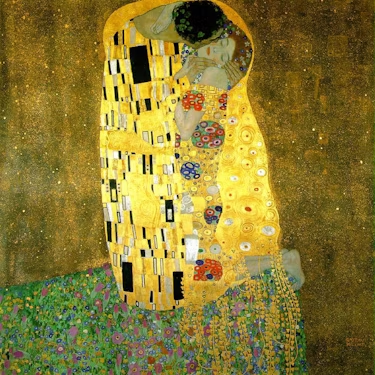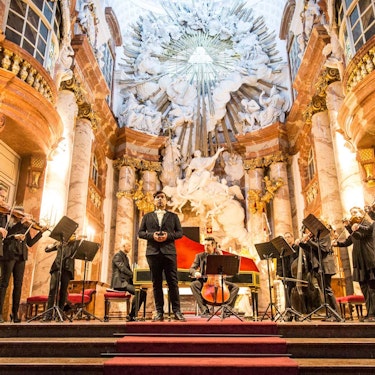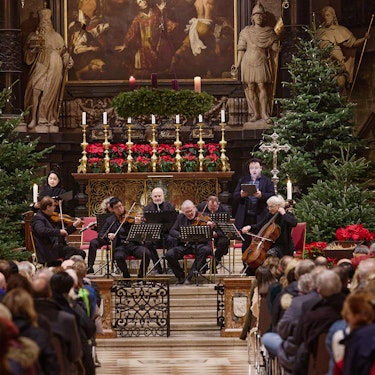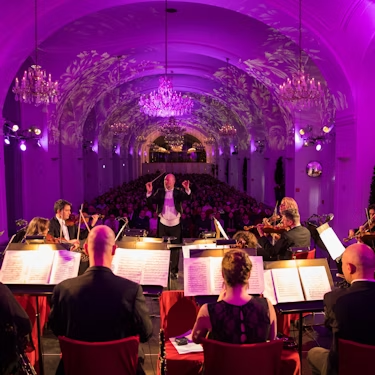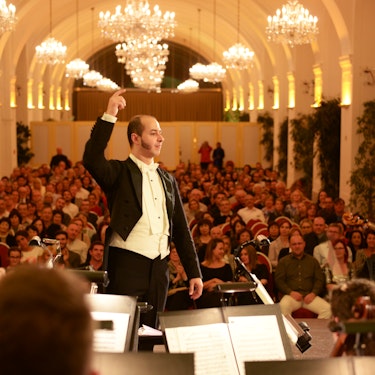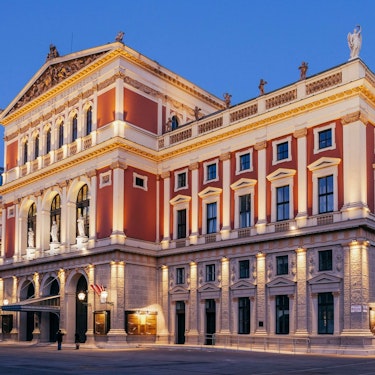More about: Vienna in 5 Days: tips, what to see, and much more
There is always plenty to do and see in Vienna, but the good news is that five days is enough time to discover much of its historical and cultural heritage. To help you organise your trip, here is a complete itinerary combining art, palaces, nature and gastronomy. I suggest a tour designed to make the most of your time, get around efficiently and enjoy the best the city has to offer, with strategic stops, useful links and tips to get the most out of your experience.
Day 1: Explore Vienna's old town
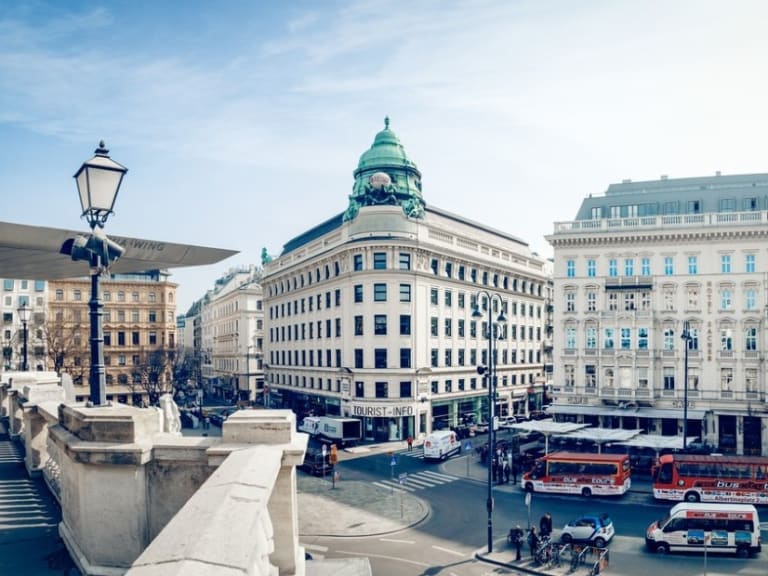
The first day is ideal for exploring the old town, the historic heart of Vienna, where the most majestic and ancient buildings are concentrated. This walking tour will take you through the most central squares, renowned museums and charming parks, as well as offering you a first glimpse of the city's imperial grandeur.
- Visit the Albertina and admire its collections of modern and classical art.
- Step inside the Austrian National Library and its Prunksaal to see frescoes and thousands of ancient books.
- Have a picnic in Burggarten, the former private garden of the emperor.
- Learn about the history of the Habsburgs at the Hofburg Palace and step inside the Sissi Museum.
- Finish at Vienna City Hall (Wiener Rathaus) and explore its gardens and public rooms.
Day 2: Discover contemporary culture in Vienna

On the second day, you will discover a more modern and eclectic Vienna, where contemporary art, Baroque architecture and classical music coexist in harmony. This day is designed to take you through different areas of the city centre, immerse you in its cultural life and end with an unforgettable musical experience.
- Visit the Belvedere Palace and its gardens, where you can see works such as Klimt's The Kiss.
- Step inside Karlskirche, a Baroque church with impressive frescoes.
- Enjoy the local cuisine at the Naschmarkt market.
- Visit some of Vienna's best museums, such as the Leopold Museum and the Kunsthistorisches Museum.
- In the evening, attend a classical music concert (with dinner included) in Vienna in a historic setting.
Day 3: Visit the symbols of Vienna

Today it's time to visit some of the most recognisable icons of the Austrian capital. From its majestic summer palace to its famous opera house, this day is packed with must-see sights for any traveller who wants to soak up the history, music and beauty of Vienna.
- Admire the halls and gardens of Schönbrunn Palace with views from the Gloriette.
- Relax in Stadtpark and visit the Strauss statue.
- Step inside the Vienna State Opera and learn about its history on a guided tour.
- Climb the tower of St. Stephen's Cathedral to see the city from above.
- Visit Mozart's House, where Austria's most famous composer lived.
Day 4: Take a trip to Salzburg

On the fourth day, I suggest a change of scenery. Salzburg is one of Austria's most beautiful cities and is just a train ride away from Vienna. If you book an organised excursion, you can enjoy a full day of Baroque architecture, mountains and Mozart's legacy.
- Explore the old town, a World Heritage Site.
- Visit Salzburg Cathedral and St. Peter's Abbey.
- Visit Mozart's birthplace and learn about his early years as a musician.
- Eat a pretzel in Alter Markt.
- Climb up to Hohensalzburg Fortress and admire the views.
- Stroll through the gardens of Mirabell Palace.
Day 5: Farewell to Vienna
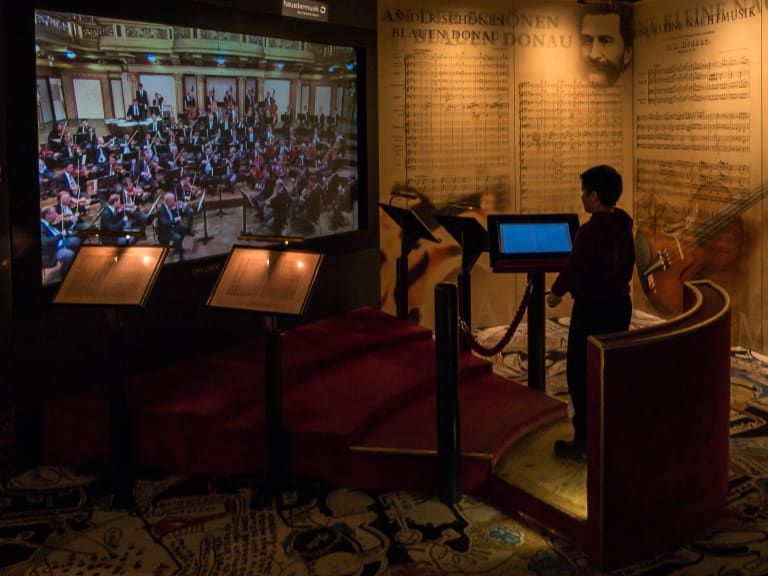
The last day in Vienna is perfect for taking it easy. It's time to say goodbye, but you can still discover unique places and end your trip with a relaxing experience by the river. Choose plans that combine culture, history and a little something sweet to leave you with a good taste in your mouth.
- Visit the Haus der Musik and have fun learning about music.
- Go down to the Imperial Crypt beneath the Kapuzinerkirche to see the royal sarcophagi.
- Try the original Sacher Torte at the famous Café Sacher.
- Visit the Jewish Museum Vienna and learn about the history of the Jewish people in Austria.
- Finish with a sunset cruise along the Danube Canal in Vienna, dinner included and spectacular views.
The best way to get around Vienna
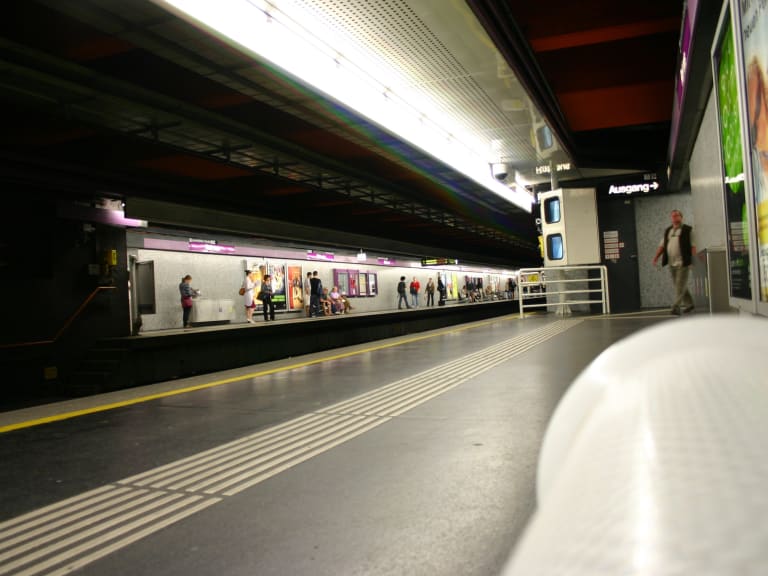
Getting around Vienna is very easy thanks to its efficient, clean and punctual public transport system. Although many of the tourist attractions are in the centre and can be reached on foot, to get to other areas such as Schönbrunn you will need to use the underground or tram. Here's how to plan your journeys to save time and money.
- Use the metro or tram to get to places like Schönbrunn.
- Buy single tickets or daily/weekly passes at stations or on the official website.
- If you are visiting the city in winter or planning many trips, opt for a tourist card such as the Vienna Pass, which includes access to attractions and transport.

